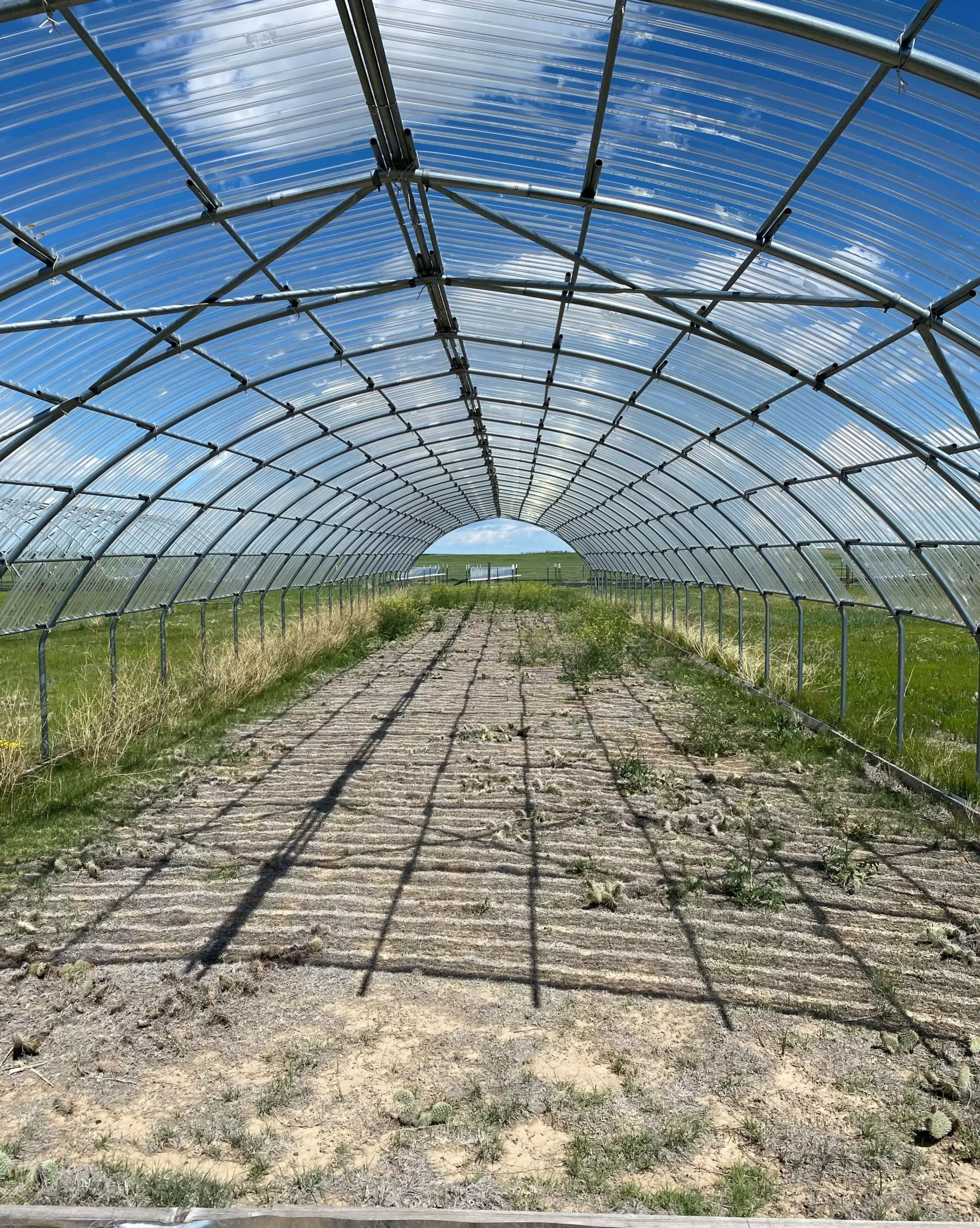A recent global study conducted by scientists at Colorado State University has revealed that the effects of extreme drought on grasslands and shrublands have been significantly underestimated. The study, which was published in Proceedings of the National Academy of Sciences, provides a detailed assessment of the impact of short-term droughts on these ecosystems across six continents. This groundbreaking research is the first of its kind to generate a baseline understanding of the potential losses in plant productivity within these vital ecosystems.
Melinda Smith, a professor in the Department of Biology at CSU and the lead author of the study, highlights that the observed reduction in aboveground plant growth, which is a crucial measure of ecosystem function, was found to be 60% greater in extreme short-term droughts compared to less severe droughts historically experienced. The study addresses methodological differences that have hindered previous estimations of the impact of extreme droughts in natural ecosystems. Smith emphasizes that this research showcases the variability in drought response across grassland and shrubland ecosystems, offering valuable insights into the potential impacts of climate change.
The study, known as the International Drought Experiment, was originally initiated in 2013 as part of the National Science Foundation’s Drought-Net Research Coordination Network. Over the course of four years, more than 170 authors from institutions worldwide collaborated to gather data for the research. The scientists constructed rainfall manipulation structures at various sites to experimentally reduce the amount of precipitation available to the ecosystems for at least one growing season. Half of the sites imposed extreme drought conditions, while the other half imposed less severe droughts for comparison.
As Earth’s climate continues to undergo changes, short-term droughts with extreme intensity will become more frequent. Droughts that were once considered to occur once in a century could potentially happen every two to five years. This study provides crucial information about the ecological consequences of such extreme droughts, which were historically rare and difficult to estimate. The choice of grasslands and shrublands as the study’s test areas was ideal due to the ease of manipulation for research purposes and their significant role in carbon storage and supporting industries like livestock production.
The research not only sheds light on the vulnerability of different ecosystems but also provides insights into how specific climates, soil types, and vegetation broadly influence drought response. The study shows that drier and less-diverse sites, such as those in Colorado, are likely to be the most vulnerable to extreme droughts. However, the severity of the drought emerges as the most consistent and critical factor in determining an ecosystem’s response. Regardless of location, the data strongly suggests significant losses in response to extreme droughts, which have the potential to cause substantial impacts on populations dependent on these ecosystems.
The findings from this study have far-reaching implications regarding the consequences of extreme droughts on grasslands and shrublands globally. The research highlights the urgent need for comprehensive strategies to mitigate the impacts of climate change on these vital ecosystems. As a result of the study, the team is now analyzing the data collected over the four-year period to assess the long-term impacts of multiyear droughts on a global scale.
The recent study led by Colorado State University scientists has provided unprecedented insights into the effects of extreme drought on grasslands and shrublands. By quantifying the impact of short-term droughts in these ecosystems, the research challenges previous estimations and underscores the urgent need for effective measures to combat climate change. The findings offer crucial knowledge for policymakers and researchers striving to mitigate the ecological consequences of extreme droughts and preserve the functionality of these vital ecosystems.



Leave a Reply